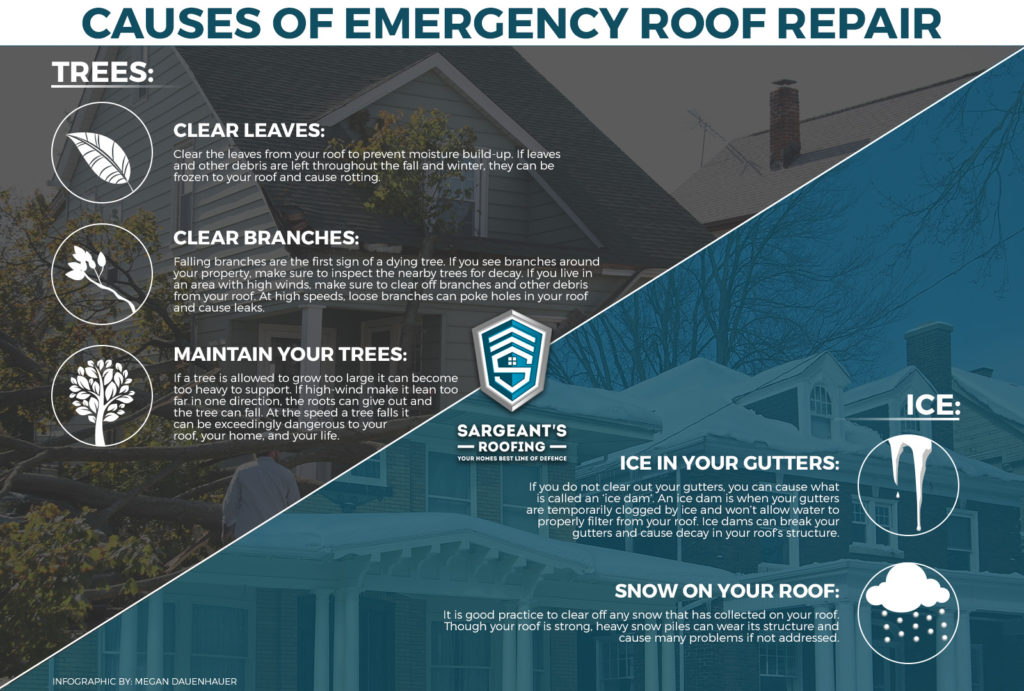The Effect Of Roofing Ventilation On The Success Of Setup Jobs
The Effect Of Roofing Ventilation On The Success Of Setup Jobs
Blog Article
Published By-Thorpe Rosa
When you're dealing with a roof project, you could not think much about roofing system ventilation, however it's even more essential than you recognize. Efficient air flow helps manage temperature and moisture in your attic, protecting against troubles like mold and mildew and architectural damage. By recognizing how to develop and install a balanced air flow system, you can improve energy efficiency and extend the life-span of your roof materials. So, what are the crucial variables to think about throughout installment that can make all the difference?
Value of Roof Air Flow
Roof air flow plays a crucial role in keeping the total health of your home. By permitting fresh air to distribute with your attic room, it assists manage temperature level and moisture degrees. This balance is necessary to stop warmth build-up during hot months, which can lead to increased power prices as your air conditioning works overtime.
Moreover, correct air flow significantly minimizes the threat of moisture-related concerns like mold and mildew and mildew. If humidity levels increase, your home's structural integrity can be endangered, leading to pricey repair services. You would not intend to deal with rotting wood or distorted roofing materials, right?
Furthermore, adequate ventilation expands the life expectancy of your roofing system. When warmth and dampness are kept in check, your roof can perform ideally, avoiding premature damage. This means less migraines and expenditures down the line.
How Roof Covering Ventilation Works
Reliable roofing air flow depends on the natural movement of air to develop a balance between intake and exhaust. When you mount vents, you're basically permitting fresh air to enter your attic while making it possible for warm, stagnant air to escape. This procedure assists regulate temperature level and dampness levels, preventing issues like mold and mildew growth and roofing system damage.
Intake simply click the following internet site , usually located at the eaves, draw in awesome air from outdoors. Meanwhile, exhaust vents, located near the ridge of the roof, allow hot air rise and exit. The distinction in temperature produces a natural air flow, referred to as the pile impact. As cozy air rises, it produces a vacuum cleaner that pulls in cooler air from the lower vents.
To maximize this system, you require to make certain that the consumption and exhaust vents are effectively sized and positioned. If flooring installation far west side is restricted, you won't attain the desired ventilation.
Likewise, not enough exhaust can catch warm and dampness, leading to prospective damage.
Trick Installation Considerations
When installing roof ventilation, several vital considerations can make or damage your system's performance. First, you need to assess your roofing's layout. The pitch, shape, and products all affect air flow and ventilation choice. Make certain to pick vents that match your roof covering kind and local environment problems.
Next, think about the placement of your vents. Ideally, you'll desire a well balanced system with intake and exhaust vents placed for optimal air flow. Location intake vents short on the roof covering and exhaust vents near the top to motivate a natural flow of air. This configuration aids avoid dampness build-up and advertises power efficiency.
Don't forget insulation. Appropriate insulation in your attic room avoids heat from running away and maintains your home comfy. Make certain that insulation does not obstruct your vents, as this can hinder air movement.
Finally, think of maintenance. Select ventilation systems that are easy to accessibility for cleaning and evaluation. Normal maintenance ensures your system continues to function properly gradually.
Conclusion
In conclusion, roofing air flow is important for an effective setup. By making certain correct airflow, you can avoid heat build-up and wetness issues that result in costly damage. When you tactically setting consumption and exhaust vents, you improve energy performance and extend the life-span of your roof covering. Bear in mind, a well-ventilated roof covering not just protects your financial investment but additionally improves your indoor air quality. So, focus on ventilation to ensure a resilient and cost-effective roofing system for your home.
